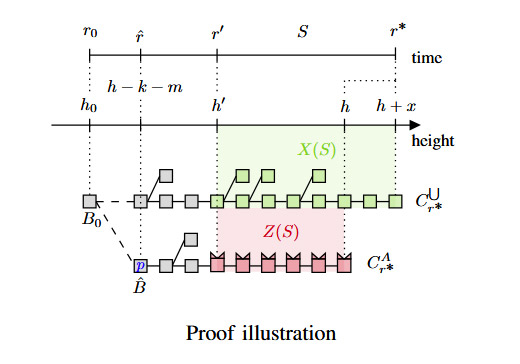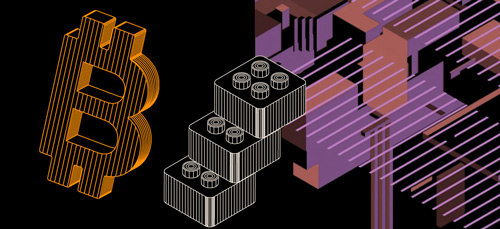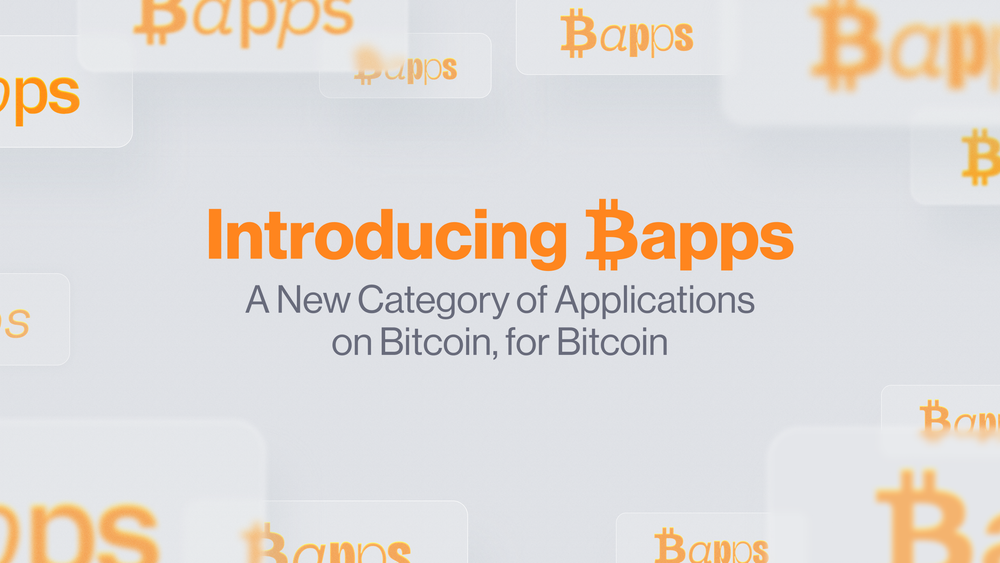Computing on Bitcoin #45
June 27, 2025 - Week 26
Welcome to a fresh edition of Computing on Bitcoin News—your weekly roundup of the latest innovations that keep on pushing Bitcoin beyond.
From trustless bridges to scalable computation and new smart contract models, the ecosystem is evolving fast.
We’re here to share the key updates and breakthroughs so you can stay ahead.
Let’s dive in 🚀
That’s a wrap for this week’s Computing on Bitcoin News.
Thanks for following along as the Bitcoin ecosystem steadily evolves.
We’ll be back next Friday with more insights from the frontier of Bitcoin computing.
The Fairgate Team








